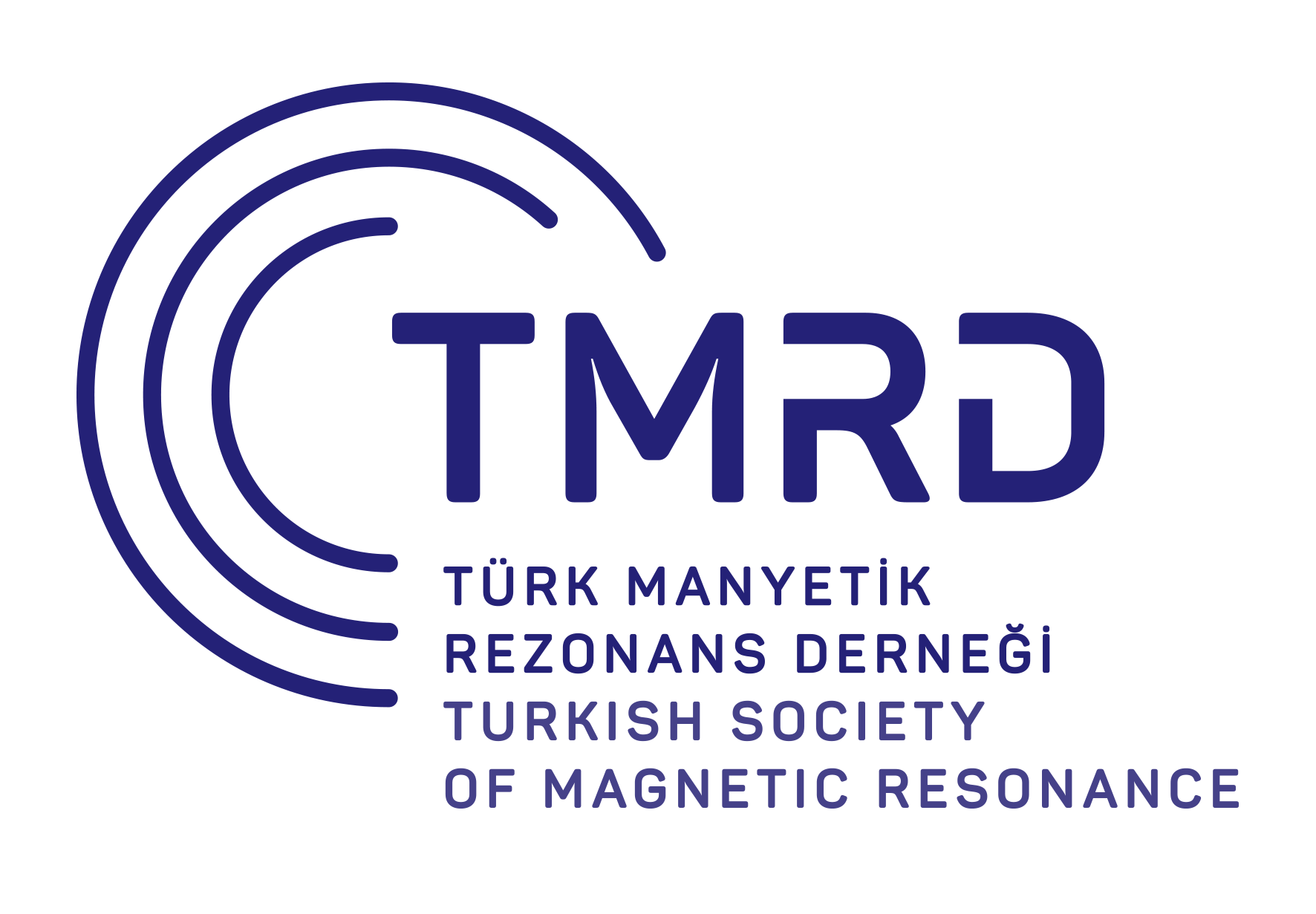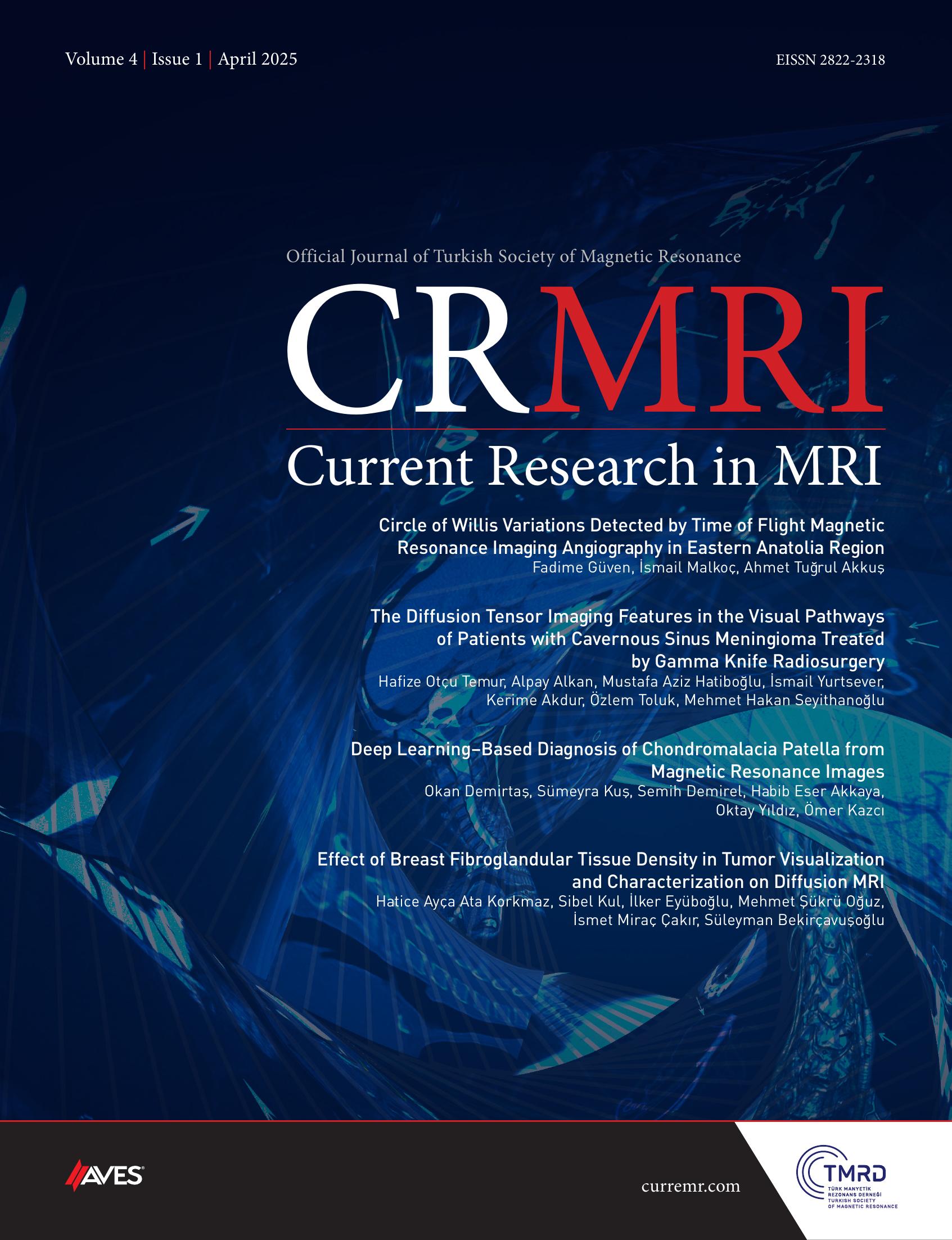Objective: Triple-negative breast cancer comprises a small percentage of all breast cancers. However, they are accountable for a high percentage of the loss of lives. Being able to predict triple-negative breast cancer by imaging may play a pivotal role in earlier management and the planning of the treatment. We scrutinized imaging features for 64 patients diagnosed with triple-negative breast cancer on magnetic resonance imaging to define the characteristic findings in imaging. An additional objective was to define the spectrum of imaging findings concerning triple-negative breast cancer in mammography as well as ultrasonography.
Methods: In this descriptive study, between 2018 and 2022, 64 patients diagnosed with triple-negative breast cancer and underwent magnetic resonance imaging were enrolled in our present study. Imaging findings were evaluated based on the (Breast Imaging Reporting and Data System) (BI-RADS) Atlas, fifth edition.
Results: Triple-negative breast cancer was more often localized posteriorly in 29 patients (45%). Fifty-five (86%) of the 64 lesions revealed mass enhancement. The internal enhancement patterns were mostly in the rim (36%) and heterogeneous pattern (42%). Masses were commonly round/oval-shaped (63.6%) with irregular margins (51%). It was seen unifocally in 40 (63%) of the patients. The early enhancement was average in 25 (39%) and rapid in 22 (34%) patients, with washout delay enhancement in 24 of 55 cases. Intratumoral copiously high signal occurred in 22 (34%) and high signal intensity in 20 (31%) on T2-weighted images. Round/oval-shaped masses with indistinct margins were common findings in mammography and ultrasonography.
Conclusion: Our results show that triple-negative breast cancer is typically seen as a round/oval-shaped mass with irregular margins and rim-heterogeneous enhancement. Also, triple-negative breast cancer is most commonly related to a very high T2 signal intensity, and they are usually found as unifocal lesions.
Cite this article as: Cingöz E, Günöz Cömert R, Bayramoğlu Z, Cabıoğlu N, Yılmaz R. Can we predict triple-negative breast cancer with magnetic resonance imaging findings? Current Research in MRI. 2022; 1(2): 33-37.



.png)
